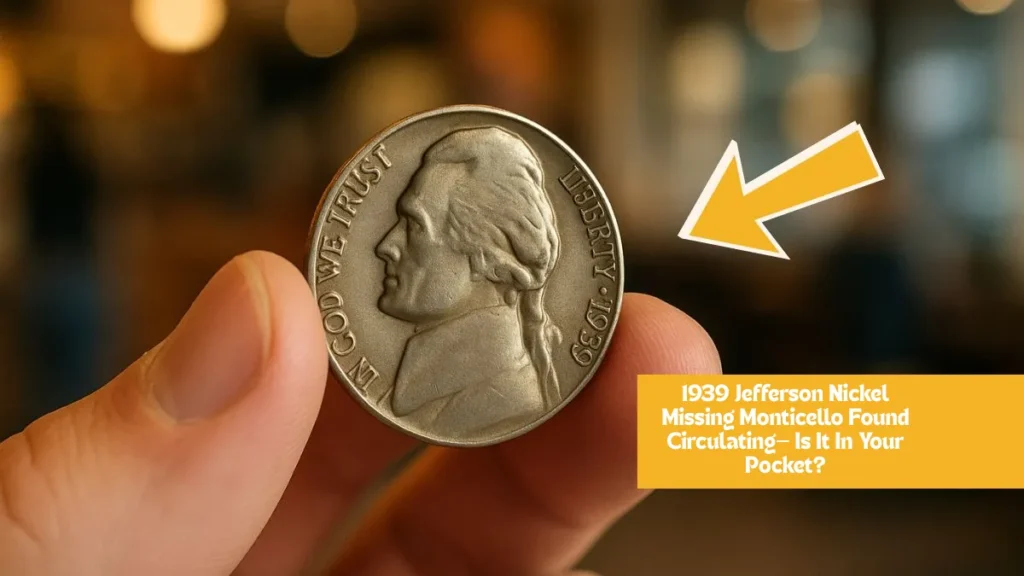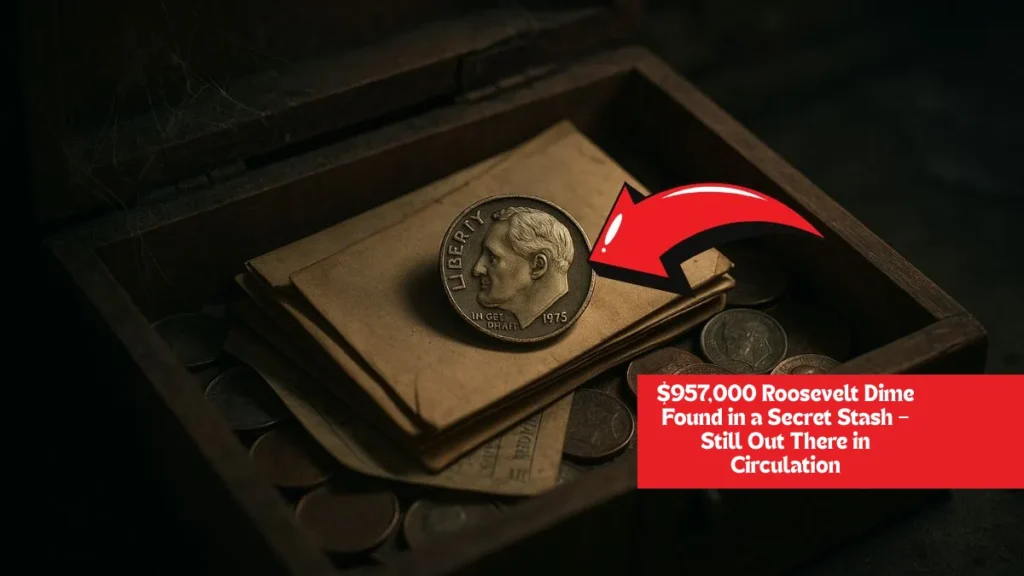Most pennies are worth just one cent. But imagine pulling a single coin from your pocket that could change your life forever. That’s the case with the ultra-rare 1943 copper Lincoln Wheat penny — a coin so scarce and valuable that one sold for a jaw-dropping $3.2 million at auction. Could one be hiding in your spare change? Here’s everything you need to know.
Why the 1943 Copper Penny Is So Rare
During World War II, copper was a critical material needed for ammunition and military equipment. To conserve this metal, the U.S. Mint switched the penny’s composition in 1943 from its traditional copper-alloy to zinc-coated steel. As a result, nearly all 1943 Lincoln cents were struck in this silvery-colored steel.
However, a few pennies were accidentally struck on leftover copper planchets from 1942. These rare copper versions of the 1943 penny were never intended to be made — making them one of the most famous and valuable minting mistakes in U.S. history.
How Many 1943 Copper Pennies Exist?
It’s estimated that fewer than 20 authentic examples of the 1943 copper penny are known to exist across all mints (Philadelphia, Denver, and San Francisco). Each one has become a legendary collector’s item. Their extreme rarity, coupled with their accidental creation, has driven prices into the millions for high-grade examples.
Record-Breaking Sale: $3.2 Million
In recent years, a 1943 copper Lincoln cent graded MS63 Red-Brown by PCGS sold privately for an astounding $3.2 million. This sale solidified the coin’s place among the most valuable coins ever struck in the U.S. and sparked renewed interest in penny jars, change drawers, and coin collections across the country.
How to Tell If You Have a 1943 Copper Penny
So, how do you know if your 1943 penny is the multimillion-dollar variety? Here’s what to look for:
- Check the Date: It must say 1943 — and not be altered from another year.
- Test the Metal: A genuine 1943 copper penny will be brown, not silver-colored like steel cents.
- Magnet Test: Steel pennies are magnetic. Copper is not. If your 1943 penny sticks to a magnet, it’s steel and common. If it doesn’t — you might have something special.
- Weight: A real copper penny weighs about 3.11 grams, while the steel version weighs around 2.7 grams.
- Look for Mint Marks: These may include no mark (Philadelphia), “D” (Denver), or “S” (San Francisco). All versions are rare in copper.
Important note: Many counterfeit versions exist, and some copper pennies have had their dates altered. Only professional grading and authentication can confirm a real 1943 copper cent.
What to Do If You Think You Have One
If you find a 1943 penny that passes the magnet test and appears copper, do not clean it or try to alter it in any way. Contact a reputable coin grading service like PCGS (Professional Coin Grading Service) or NGC (Numismatic Guaranty Corporation) for authentication.
You could be sitting on a life-changing fortune.
Final Thoughts
The 1943 copper Lincoln Wheat penny is the ultimate example of how a tiny mistake at the U.S. Mint turned a common coin into a national treasure. Worth up to $3.2 million, this rare cent has inspired treasure hunts in coffee cans, old wallets, and childhood piggy banks for decades.
So next time you sort through your spare change, take a closer look. That dull, brown 1943 penny might just be the most valuable coin in your pocket — and your ticket to instant millionaire status.


